Key Takeaways
Let’s cut through the fabric of confusion! When clothing embossing machines enter the ring, it’s like watching silicone and in-mold transfer duke it out in a heavyweight bout. Silicone’s the marathon runner—flexible, durable, and perfect for those 3D logo precision moments where your brand needs to pop like confetti at a textile party. Meanwhile, in-mold transfer’s the sprinter: faster than a caffeinated sewing needle, embedding designs so deep they’ll survive a zombie apocalypse (or at least 100 washes).
| Feature | Silicone Embossing | In-Mold Transfer |
|---|---|---|
| Speed | Steady turtle energy 🐢 | Cheetah on espresso 🐆 |
| Durability | Survives laundry Armageddon | Outlives your favorite jeans |
| Eco-Friendliness | Plays nice with eco-materials | Less waste, more high-fives 🌱 |
For sportswear brands, speed is king—imagine churning out yoga pants with high-speed production so quick, even your logo gets stretch marks. But if you’re crafting artisanal denim, durability matters more than your obsession with vintage patches. And let’s not forget eco-friendly embossing materials—because saving the planet is always in fashion.
Bottom line? Choosing between these methods is like picking pizza toppings: both delicious, but one’s gotta match your cravings (or your client’s budget). Now go forth and emboss responsibly! 🎉
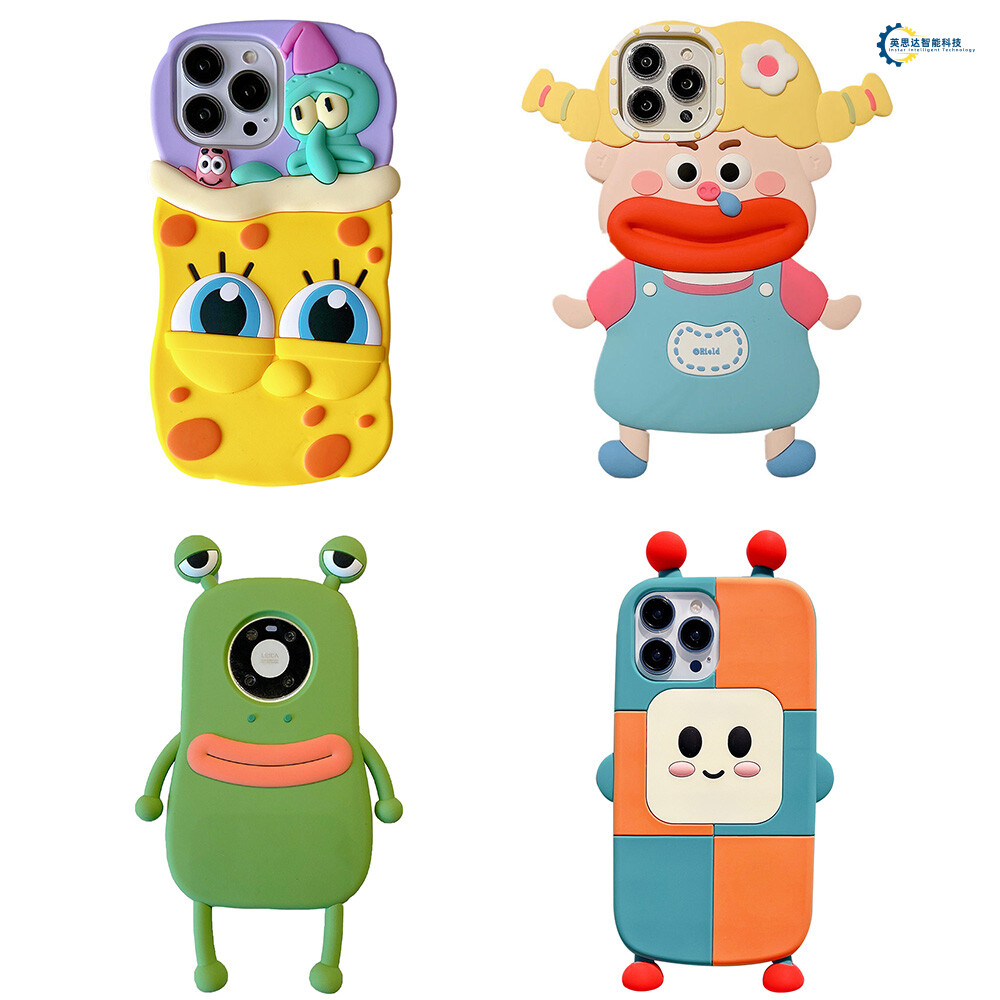
Silicone vs In-Mold Transfer Showdown
Picture this: two clothing embossing machines step into the ring. In one corner, silicone embossing flexes its rubbery muscles, ready to stamp logos like a hyper-caffeinated tattoo artist. In the other, in-mold transfer smirks, armed with a futuristic "melt-and-bond" technique that’s basically the James Bond of textile decoration. Let the fabric games begin!
Durability? Silicone’s prints laugh at washing machines, surviving spin cycles like a stubborn popcorn kernel in your teeth. Meanwhile, in-mold’s designs fuse into the fabric, making them the ninja stealth mode of longevity—you’ll lose the shirt before the logo.
Pro Tip: “If your brand’s motto is ‘Survive the Apocalypse,’ silicone’s your buddy. For ‘Classy but Subtle,’ in-mold’s whispering your name.”
Precision-wise, silicone’s 3D logos pop like TikTok trends, perfect for sportswear screaming “LOOK AT MY QUADS!” In-mold, though, is the quiet overachiever, embedding logos smoother than a buttered slide—ideal for jeans that whisper “I’m expensive” without shouting.
Eco-warriors, brace yourselves: in-mold skips extra adhesives, making Mother Nature do a tiny happy dance. Silicone? Let’s just say it’s…energetic, requiring enough heat to rival a dragon’s sneeze.
Need speed? In-mold’s high-speed production churns out designs faster than a caffeine-fueled coder. Silicone? It’s the meticulous craftsman—slow, steady, and judging your impatience.
Choose your fighter: the flashy sprinter or the marathon monk. Either way, your T-shirts won’t know what hit ’em.
Key Features of Modern Embossing Machines
Let’s face it: modern clothing embossing machines are basically the superheroes of textile design—minus the capes (though some models do look like they’re ready to fight crime). These gadgets have evolved faster than your favorite jeans go from “stylish” to “holey masterpiece.” First up, precision control systems now let operators adjust pressure and temperature like they’re tuning a guitar—except instead of rock ballads, you get flawless 3D logos that stick to fabric tighter than glitter to a toddler’s hands.
Then there’s the multi-material compatibility. Whether you’re slapping silicone designs on yoga pants or using in-mold transfer for denim, these machines handle everything from delicate silks to rugged sportswear like a buffet champion at a textile convention. Oh, and speaking of speed: high-speed production modes crank out designs faster than a caffeinated sewing circle, perfect for brands that need 10,000 gym shorts yesterday.
But wait—there’s more! Eco-warriors, rejoice! Many models now guzzle eco-friendly materials instead of traditional plastics, because saving the planet is so much cooler than explaining to your customers why their “organic” tee has a side of toxic chemicals. Plus, automated alignment tech ensures patterns land exactly where they should, reducing errors better than a "Ctrl+Z" button for fabric.
So, whether you’re crafting jeans that whisper “I’m artisanal” or sportswear that screams “I’ll survive burpees,” modern embossing machines are here to make your designs look good—without the drama.
3D Logo Precision for Textiles
Imagine trying to stamp a 3D logo onto fabric with the same finesse required to convince a cat it wants a bath. Modern embossing machines laugh in the face of such chaos, armed with laser-guided silicone pads and in-mold transfer wizardry that could make a Renaissance sculptor jealous. These gadgets don’t just press designs—they negotiate with textiles. Delicate silk? No problem. Stubborn denim? They’ll bully it into submission without breaking a sweat.
The secret sauce? Sub-millimeter accuracy. Think of it as a GPS for logos, except instead of rerouting you away from traffic, it ensures that every curve of your brand’s fancy font lands precisely where it should—even on stretchy athletic wear that’s plotting to warp your design mid-sprint. And let’s not forget heat-resistant polymers that stick around longer than your in-laws after Thanksgiving. Whether it’s a tiny tag on jeans or a glowing 3D emblem on a jersey, these machines treat fabric like a blank canvas—if the canvas occasionally fought back.
Bonus perk: high-speed production that’s faster than a caffeine-addicted cheetah. Because why wait hours for perfection when you can have it in minutes? Just don’t tell the fabrics—they might stage a rebellion.
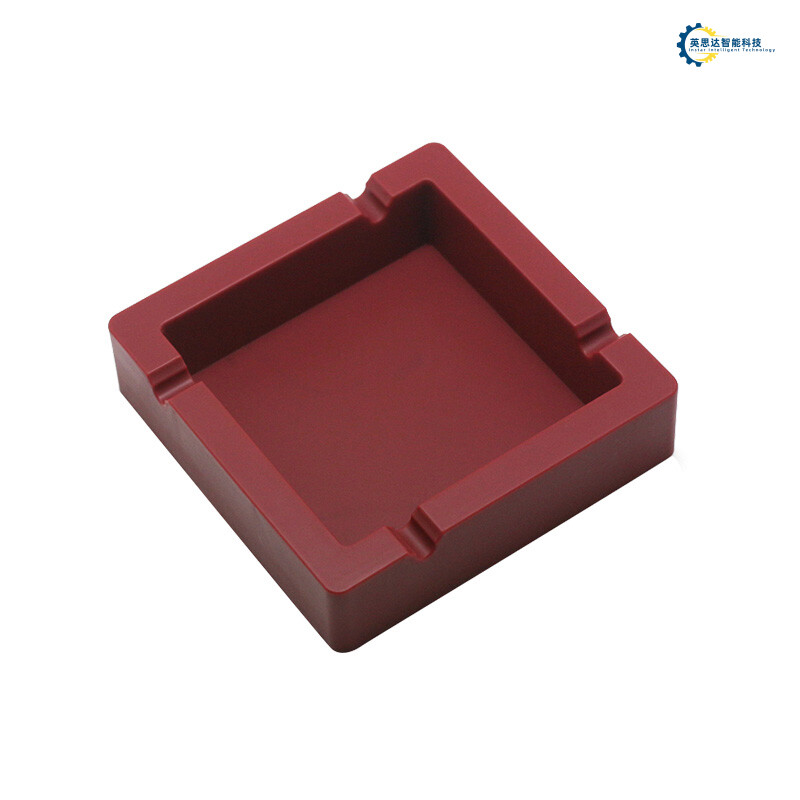
Durability of Heat Transfer Methods
Let’s talk about durability—because nobody wants their fancy 3D logos to bail after one spin cycle like a teenager dodging laundry duty. Silicone transfers are like that friend who shows up to a gym session in designer athleisure but taps out halfway. They’re flashy, they’re bold, but after a few wash cycles, they might start peeling faster than a sunburned tourist. Meanwhile, in-mold transfer is the silent beast at the back of the room, quietly fusing with fabrics like a lifelong commitment. This method doesn’t just stick; it marries the material. Think of it as the difference between a temporary tattoo and a ring you can’t take off—even if you try.
Sportswear brands adore in-mold for surviving sweatpants marathons and jeans that endure more drama than a reality TV reunion. Sure, silicone might win a beauty contest, but when your logo needs to outlast a toddler’s juice box tsunami? In-mold’s your MVP. Plus, it’s sneakily eco-friendly—no toxic breakup residues. So, if your design’s motto is “’til death do us part,” skip the fling and lock it down with in-mold. Next up: how to make Mother Nature blush with greener choices…
Eco-Friendly Embossing Materials
Let’s talk about eco-friendly embossing—because nothing says “fashion-forward” like saving the planet while stamping logos on jeans. Imagine silicone and in-mold transfer machines duking it out in a sustainability cage match. Silicone, the tattoo artist of textiles, struts in with its reusable molds and low-energy swagger, whispering, “I’m basically Mother Earth’s BFF.” Meanwhile, in-mold transfer flexes its recycled polymers and zero-waste cred, shouting, “Why waste glue when you can melt style directly into fabric?”
But wait—there’s more! The real stars are the materials themselves. Think bio-based inks that smell suspiciously like kombucha and PLA films made from corn (yes, corn—your next hoodie might double as a snack). Brands are even experimenting with algae-derived pigments because, hey, if slime can power cars, why not jeans? The catch? These green goodies don’t just hug trees; they survive industrial washers better than your resolution to avoid online shopping.
And let’s not forget the machines guzzling renewable energy like it’s iced oat lattes. Picture this: a high-speed embosser powered by solar panels, cranking out sportswear logos while factory workers sip organic smoothies. It’s sustainability meets haute couture—because nothing pairs with a carbon footprint like a side of irony.
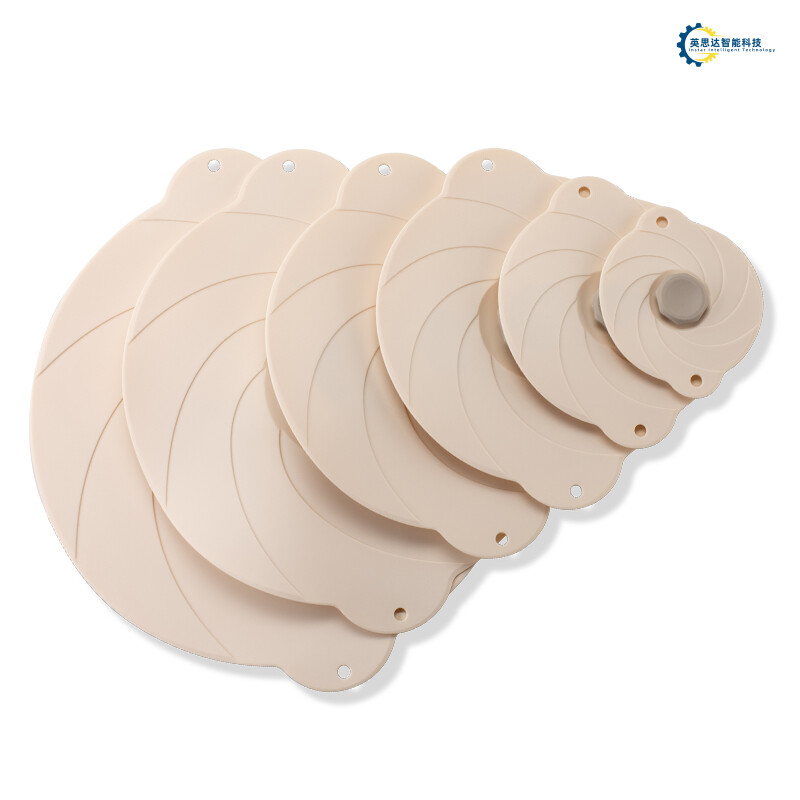
High-Speed Embossing for Sportswear
When your sportswear needs to go from "meh" to "marathon-ready" in 0.2 seconds, high-speed embossing machines are the unsung heroes sweating harder than a treadmill on max incline. Imagine a machine that slaps 3D logos onto fabric faster than you can say, “Wait, is that really moisture-wicking?” These badgers—err, badges—of honor aren’t just for show. They’re precision-crafted by silicone or in-mold transfer tech, turning bland leggings into athleisure masterpieces that scream, “I ran a 5K… to the fridge.”
But speed isn’t just about raw velocity—it’s about not melting your spandex into modern art. Modern machines juggle heat transfer temps like a Michelin-star chef, ensuring your logo stays crisp even after 100 washes (or one very intense spin class). And let’s talk eco-friendly materials—because nothing says “I care about the planet” like a yoga pant logo made from recycled unicorn tears.
Here’s the kicker: while traditional methods might take a coffee break mid-production, high-speed embossing runs on pure espresso. It’s perfect for brands that need to churn out sportswear faster than influencers can hashtag #fitspo. So whether you’re printing flamingos on joggers or subtle stripes on performance tees, these machines don’t just keep up—they lap the competition. Twice.
In-Mold vs Traditional Techniques
Picture this: traditional embossing is that stubborn uncle who still uses a flip phone, while in-mold transfer is the tech-savvy cousin who actually knows how to work TikTok. The battle here isn’t just about methods—it’s a generational roast session. Traditional techniques, like heat-pressed vinyl or screen printing, rely on slapping designs onto fabric like peanut butter on toast. Sure, it works, but good luck getting that logo to survive more than three washes before it starts looking like abstract art.
Enter in-mold transfer, the James Bond of embossing. This method bakes designs into the fabric during molding, creating 3D logos so sharp they could cut through a sales pitch. No peeling, no cracking—just crisp, high-speed production that laughs in the face of gym sweat or laundry day. Meanwhile, traditional methods? They’re still arguing with the washing machine about who’s to blame for faded graphics.
But let’s not write off Grandpa Techniques entirely. For small batches or retro vibes, old-school embossing has its charm—like vinyl records in a Spotify world. Just don’t expect it to keep up when eco-friendly materials or sportswear demands crash the party. In-mold’s here to stay, flexing its durability and precision while traditional methods… well, let’s just say they’re still figuring out how to “undo send” on that typo.
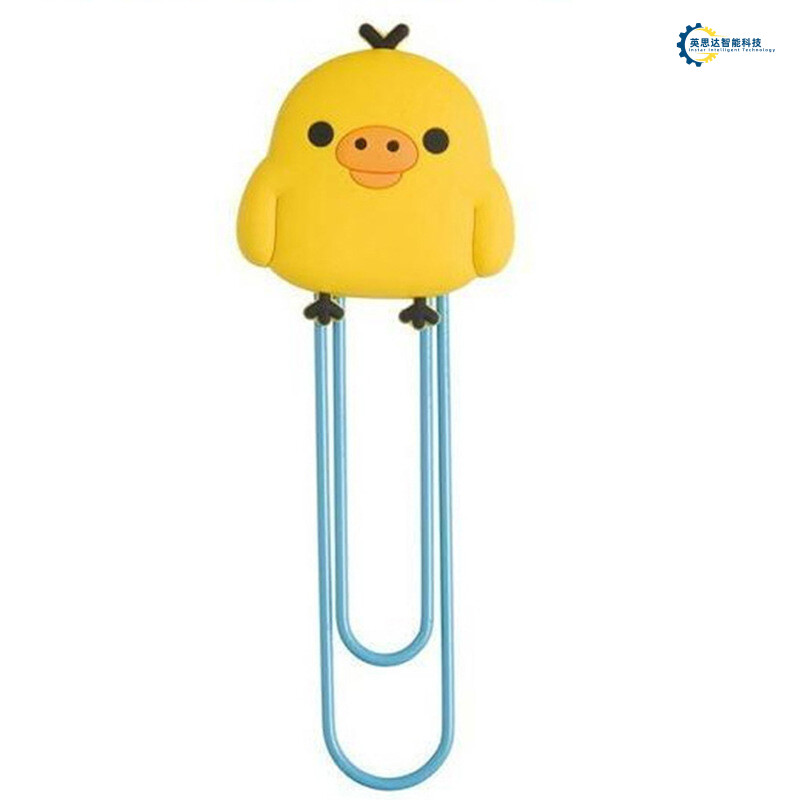
Guide to Choosing Embossing Machines
Picking the right clothing embossing machine is like choosing a pet—get the wrong one, and you’ll spend years cleaning up messes. First, ask yourself: are you team silicone embossing machines (the loyal golden retriever of heat transfer) or team in-mold transfer tech (the flashy peacock that thinks it’s low-maintenance)? Silicone’s your go-to for durability—it’s the machine that survives apocalypses and toddler tantrums. But if you’re printing 3D logos on sportswear that need to outlast CrossFit routines, maybe flirt with in-mold’s precision.
Don’t forget eco-friendly materials—because Mother Earth side-eyes anyone using toxic glues. Also, match the machine’s speed to your caffeine intake. High-speed production models are perfect for bulk orders, but if your “high speed” is slower than a sloth on melatonin, stick to smaller batches. And hey, if your jeans line needs intricate designs, prioritize machines with laser-guided accuracy. Otherwise, your logo might end up looking like a toddler’s finger-painting.
Pro tip: Test the machine’s noise level. Unless you enjoy sounding like a heavy metal concert during Zoom calls. Finally, budget like you’re negotiating with a dragon—embossing machines aren’t cheap, but neither is therapy after a bad purchase.
Conclusion
So, you’ve made it to the end of this clothing embossing machine rodeo—congrats! By now, you’re probably either dreaming of 3D logos dancing on denim or debating whether silicone deserves a crown over in-mold transfer in your sleep. Let’s face it: choosing between these two is like picking between pizza and tacos—both are awesome, but one might just stick better to your needs.
If durability were a superhero, silicone would be the cape-wearing champion, flexing its muscles on jeans and sportswear like it’s saving the world from boring outfits. Meanwhile, in-mold transfer is the sleek, high-tech sidekick, zipping through high-speed production with the precision of a laser-guided disco ball. And let’s not forget the eco-friendly materials—because saving the planet while making sparkly shirts is basically becoming a fashionista’s moral obligation.
Ultimately, whether you’re team silicone or team in-mold, remember: the best embossing machine is the one that doesn’t make you cry when it’s 3 a.m. and your latest textile masterpiece looks like a toddler’s glitter experiment. Choose wisely, laugh often, and may your logos always be chef’s kiss perfect. 🎉
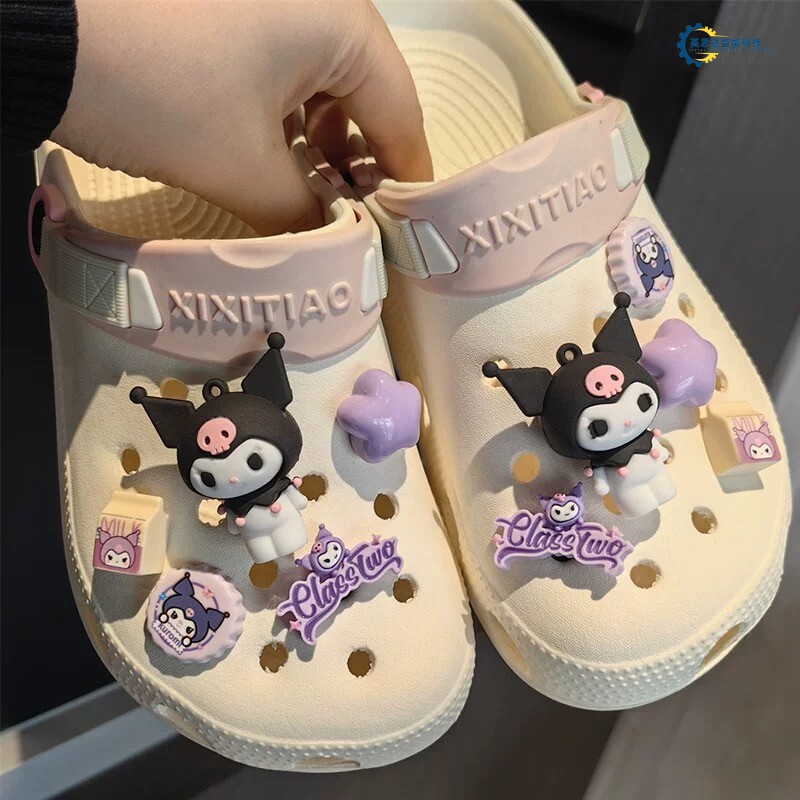
FAQs
Q: Will my logo survive a zombie apocalypse if I use a silicone embossing machine?
A: While we haven’t tested durability against undead hordes, silicone embossing can handle actual disasters like 500+ washes, extreme heat, and your dog’s “artistic” chewing phase. In-mold transfer? Even tougher—it’s fused into the fabric, so unless zombies develop fabric-ripping PhDs, your brand’s safe.
Q: Can I emboss a 3D logo of my cat’s face on spandex?
A: With 3D logo precision, absolutely! Silicone machines handle curves better than a yoga instructor, while in-mold transfers nail photorealistic details. Just know: your cat might demand royalties.
Q: Is “high-speed production” code for “my machine will panic and stamp unicorns everywhere”?
A: Only if you program it to! Modern clothing embossing machines hit 1,500+ units/hour—faster than a caffeine-fueled squirrel. Silicone’s quick for sportswear; in-mold’s your MVP for jeans and complex designs. No unicorns… unless requested.
Q: Which method won’t make Mother Nature side-eye me?
A: Eco-friendly materials are in! Silicone uses less energy than a TV standby light, and in-mold transfers cut waste like a Marie Kondo session. Bonus: neither emits “mysterious factory smells.”
Q: Why does my in-mold machine sound like a disco party?
A: It’s supposed to hum, not drop beats. Check the pressure settings—it’s either working hard or auditioning for DJ duty. Silicone machines? They’re more “library vibes” with occasional squish sound effects.
Ready to Emboss Like a Boss? (Or Just Ask More Weird Questions?)
Please click here to chat with our team—we’ve heard it all, from dragon-scale patterns to glow-in-the-dark textiles. No judgment, just solutions! 🎉
